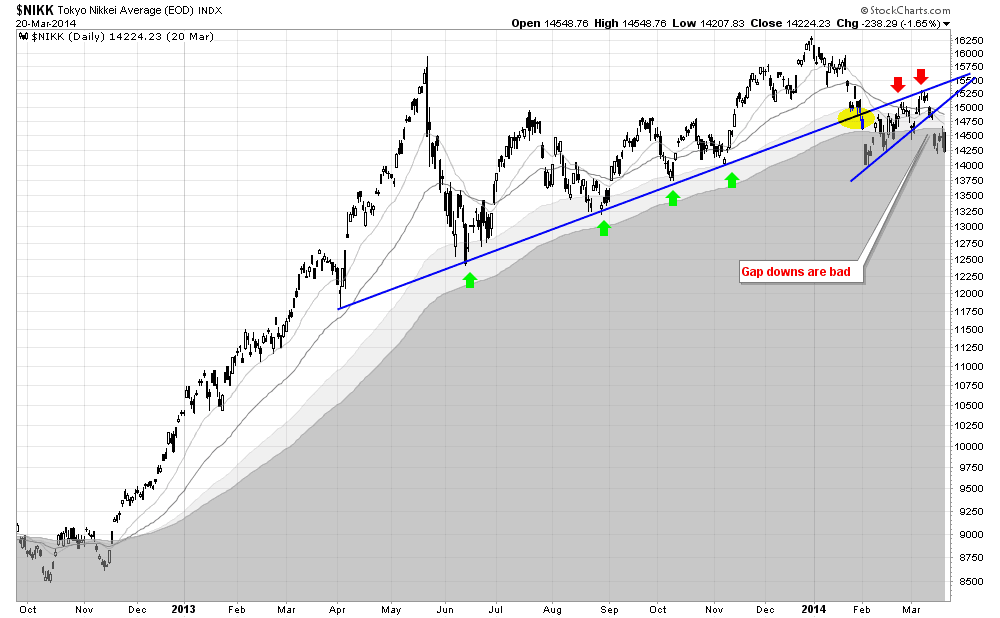One of the most thought provoking quotes from this book is as follows:
"...if you asked a hundred mathematicians the question, 'I have $1,000 that I want to bet in roulette - what is the optimal betting strategy I should use?,' all 100 should give you the same answer: Take the entire $1,000 and place it on red or black (or on odd or even) for one spin, and then, win or lose, walk away....
...your negative edge will be smallest for one spin. The more times that you play, the greater the probability that you will lose..."
In other words, besides simply choosing not to play, your best bet in roulette is to make as few bets as possible, since the odds are against you.
But how about in the opposite situation when the odds are in your favour? This is the perspective that the casino itself faces, and the optimal strategy is also the opposite: take bets very often, but keep them small.
Casinos benefit not only by having the odds stacked in their favour, but also by keeping bets small, by enforcing table limits.
Like a casino, a professional trader should only take on a bet when the odds are in his favour, bet small, and bet often.
Trading small is also beneficial in that it allows for more bets to be taken. In addition to smoothing out volatility, having more bets increases the odds of finding the rare outlier, the positive Black Swan, the pharmaceutical stock, for example, that triples in value overnight.
Most traders, however, are betting too big. For example, if you are risking much more than 3% of your account capital on each trading event, then eventual bankruptcy becomes a mathematical certainty.
Why do traders bet big? It's because they have a false confidence in what the future will bring. Professional traders, on the other hand, have come to accept that the future is unknowable, and have accepted that the stock market is an unpredictable domain. It's a cruel irony that those who appear to have the most confidence about the future of markets - and thus most likely to influence others - are also the most likely to fail as traders.
Nassim Taleb is someone who understands this concept and has built his career by using options to make many small bets that have limited downside and unlimited upside:
"...when people go for small bets in highly unpredictable domains, and in a field that nobody really understands very well, you have a huge upside..."




















